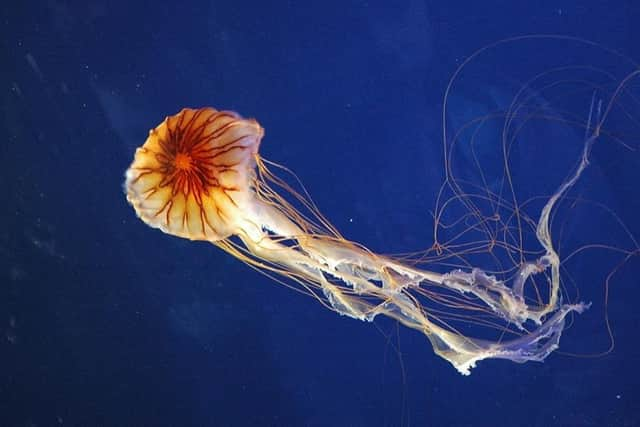Hastings jellyfish warning
and live on Freeview channel 276
There were a number of reports of people being stung, but luckily the stings are not generally dangerous and have been likened to being stung by a stinging nettle. One local woman said her son had been stung three times while swimming.
The creatures are believed to be compass jellyfish. The compass jellyfish feeds on small fish, crabs and even other jellyfish. Once they have stung something, jellyfish often leave the tentacle behind and can continue to sting using it even when not connected to their body. They are common off Southern and Western coasts of Britain in summer months.
Advertisement
Hide AdAdvertisement
Hide AdThe first reports on Saturday were of people being stung west of the pier, but later in the afternoon it emerged that a number of people swimming at Rock-a-Nore and close to the harbour arm, had been stung.


This is what to do if you get stung, according to NHS advice. Rinse the affected area with seawater, not fresh water, remove any spines from the skin using tweezers or the edge of a bank card. Soak the area in very warm water (as hot as can be tolerated) for at least 30 minutes – use hot flannels or towels if you cannot soak it. Take painkillers like paracetamol or ibuprofen.
Those who have allergic reactions to stings should monitor the sting and seek medical attention if necessary.
There have also been sightings, in the Hastings area, of moon jellyfish. The blue, circular creatures can sting but it is mild and most people have only a slight reaction to it if anything at all.
Advertisement
Hide AdAdvertisement
Hide Ad